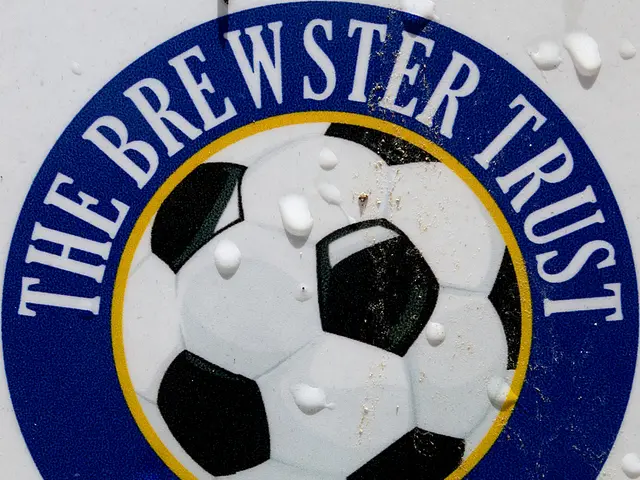Exploring the Advantages of Strategy in User Studies
In the world of project management, planning plays a crucial role, especially in user research. Benjamin Franklin once said, "If you fail to plan, you are planning to fail," and this maxim holds true even today.
The research plan for user research is a vital document that needs to be signed off by all key stakeholders. This includes product owners, Scrum masters, relevant management representatives, actual or potential users, and sometimes process specialists or external reviewers. The agreement signifies their shared responsibility, allowing for changes but ensuring everyone is on the same page from the outset.
The User Experience Team requires a clear timeline for their work, as it is dependent on the research outputs. They are primarily concerned with the research objectives, techniques, and timeline, whereas Project Sponsors, Senior Executives, Managers Outside of the Project are more focused on the project's expected outcomes, duration, and cost.
A plan for Project Sponsors, Senior Executives, Managers Outside of the Project can be simple and brief, focusing on the project's objectives, timeline, and budget. On the other hand, Project Managers, Product Managers, Developers, and other team members may require a more detailed plan, considering specific methodologies like questionnaire-driven or interview-driven approaches.
Planning offers numerous benefits to a project. It aids in managing the research without constant justification, helps the planner identify problems with their ideas, and facilitates clear communication of what will happen, why, and when. Planning provides clarity, efficiency, and resource allocation for the project, ensuring its success.
Occasionally, the User Experience Team may want to inspect the definitions of "user" to ensure the research is within their niche. This is crucial for the success of the project, as the User Experience Team's work is integral to creating a user-friendly product.
In conclusion, planning is essential for various stakeholders to ensure the project's success. It is not a hindrance but a tool that helps everyone agree on the initial plan, manage the research effectively, and share the responsibility for any failures.








